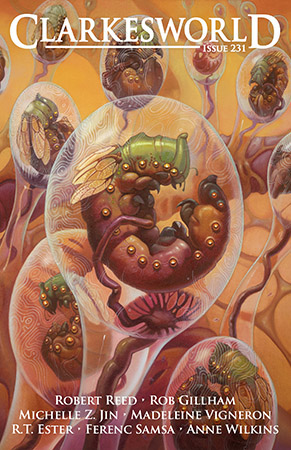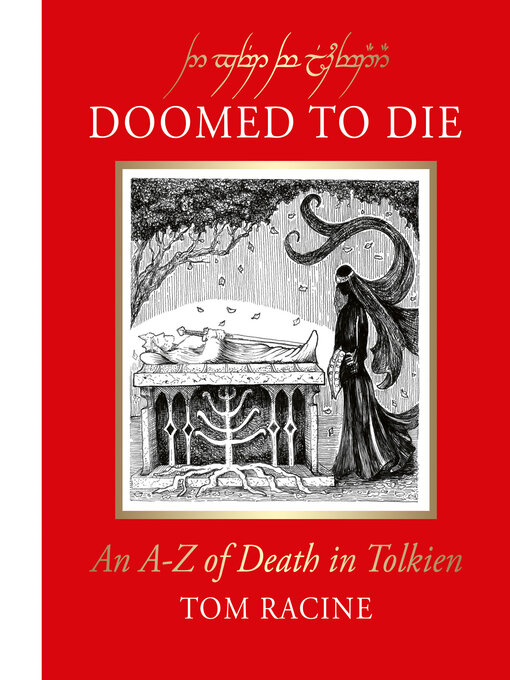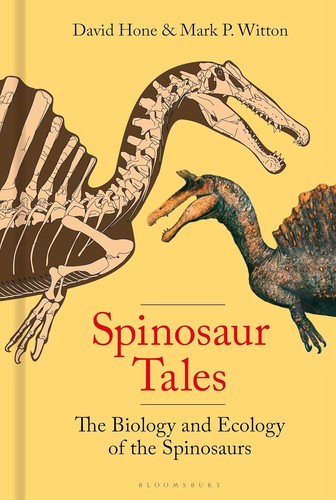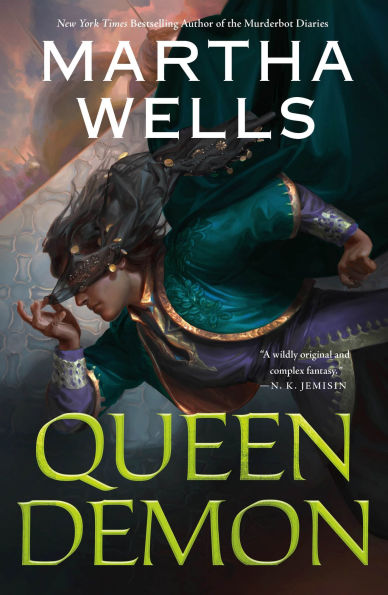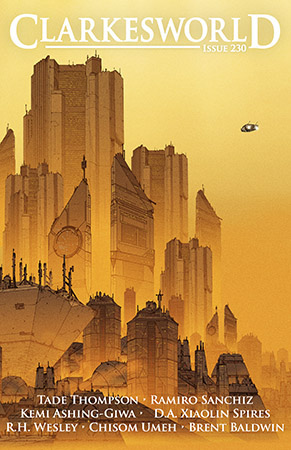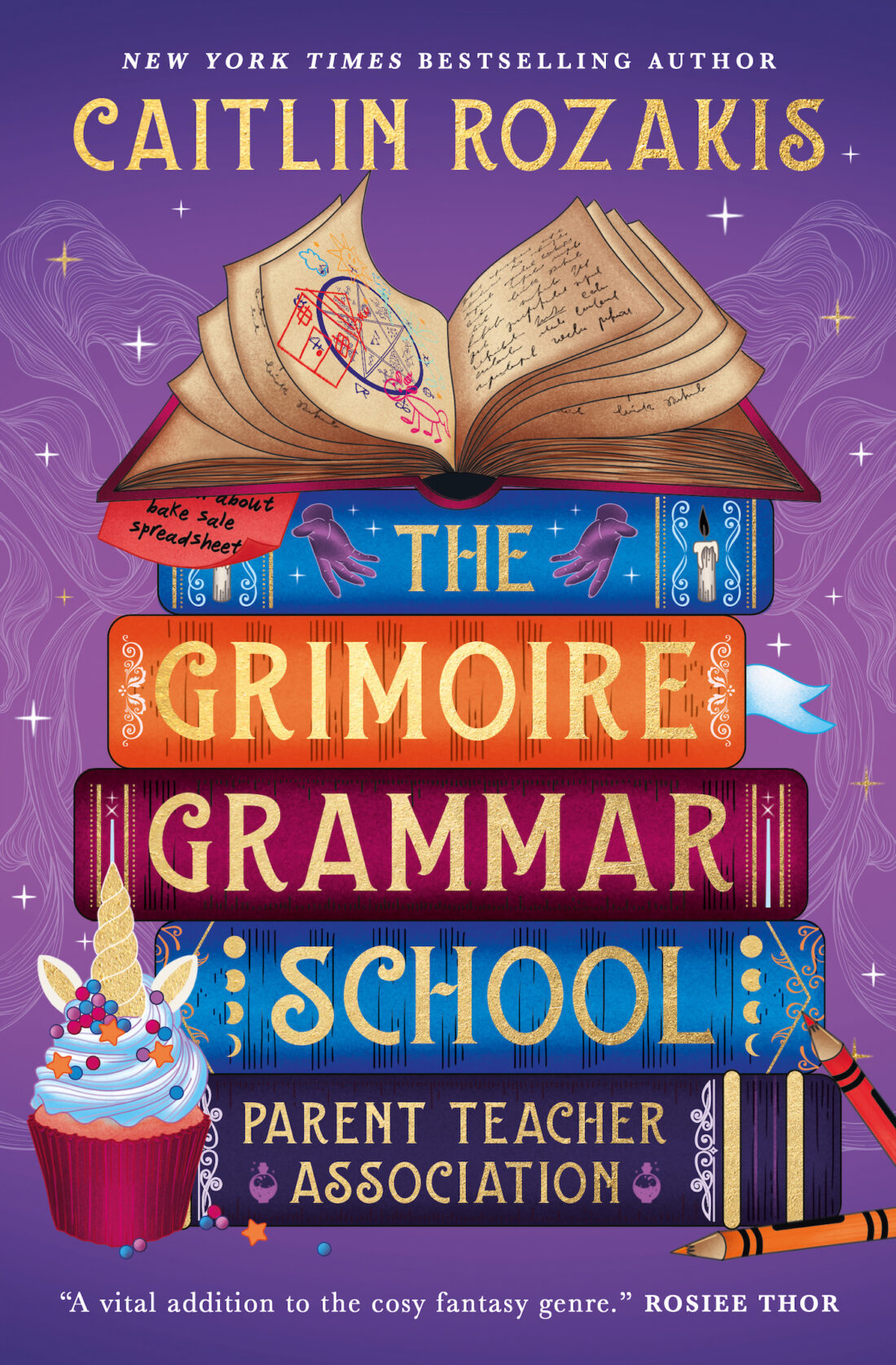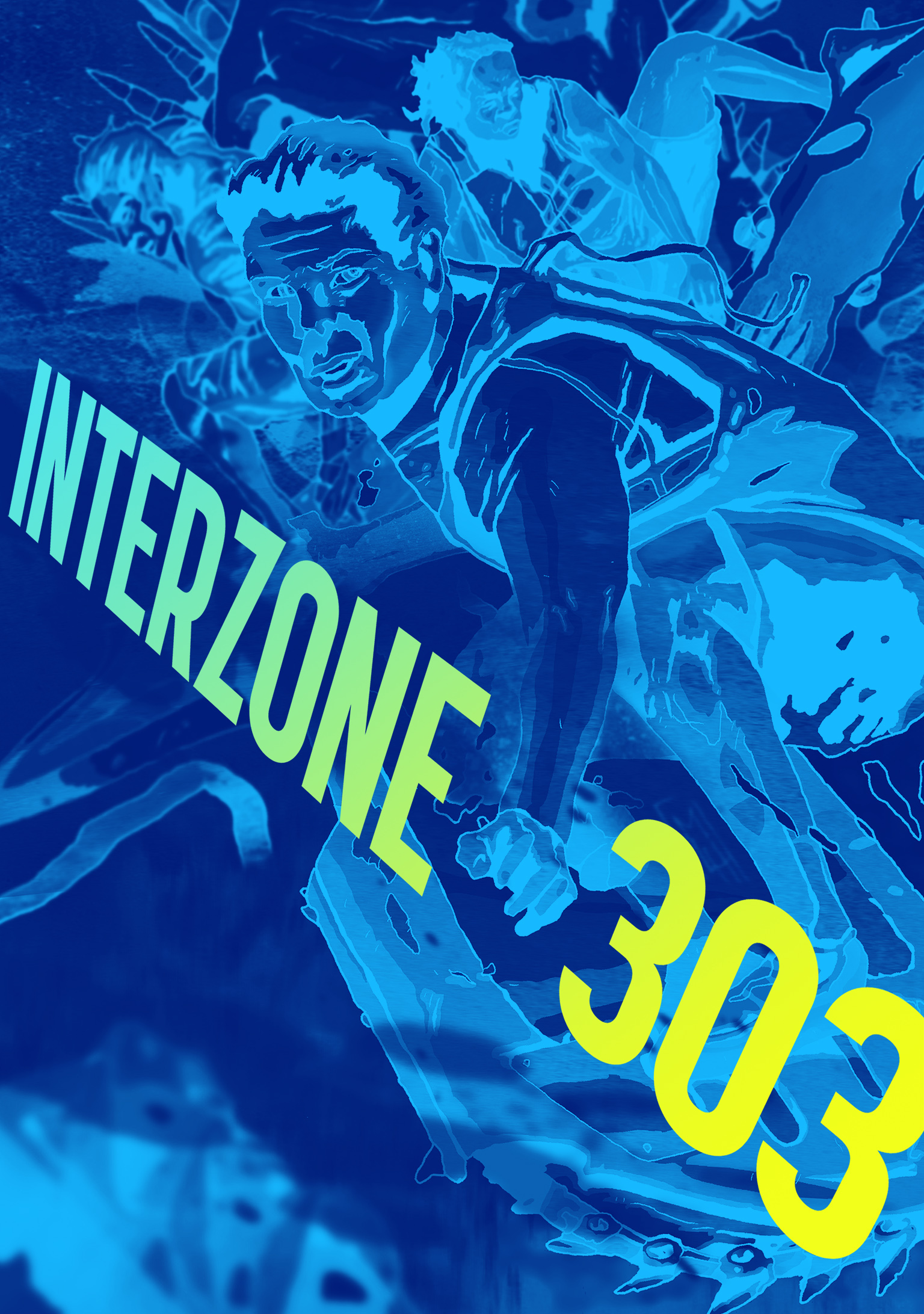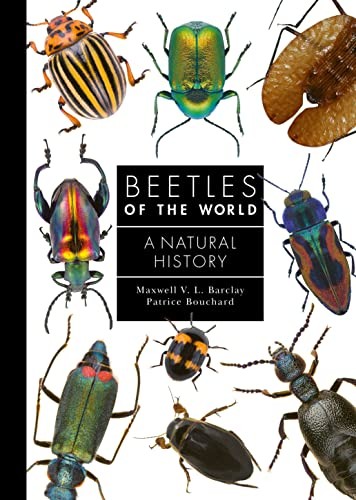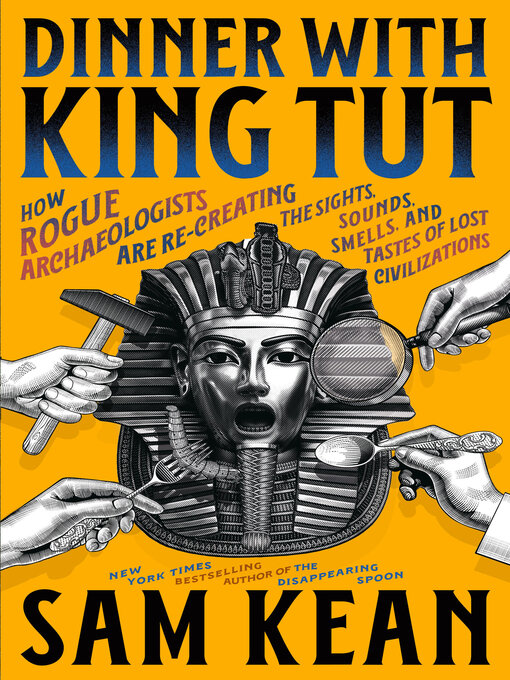Soh Kam Yung reviewed Clarkesworld Magazine, Issue 231, December 2025 by Neil Clarke (Clarkesworld Magazine, #231)
An average issue of Clarkesworld
3 stars
An average issue, with interesting stories by Michelle Z. Jin, Anne Wilkins and Ferenc Samsa.
-
"Tomorrow. Today." by R.T. Ester: on the relationship between a father and his son, when the son has to make a decision about his life that may not be his after all.
-
"Imperfect Simulations" by Michelle Z. Jin: on a human colony on another one world, one person hides his skill at predicting how people would behave by internally simulating their behaviours. But when Earth starts to cut off supplies to the colony, his simulations would reveal just what is happening. But what needs to be done may be a surprise, even to him.
-
"The Cold Burns" by Anne Wilkins: in a 'Utopian' society where everybody is measured by how much they consume, one person struggles to lower his consumption footprint, which doing his job at …
An average issue, with interesting stories by Michelle Z. Jin, Anne Wilkins and Ferenc Samsa.
-
"Tomorrow. Today." by R.T. Ester: on the relationship between a father and his son, when the son has to make a decision about his life that may not be his after all.
-
"Imperfect Simulations" by Michelle Z. Jin: on a human colony on another one world, one person hides his skill at predicting how people would behave by internally simulating their behaviours. But when Earth starts to cut off supplies to the colony, his simulations would reveal just what is happening. But what needs to be done may be a surprise, even to him.
-
"The Cold Burns" by Anne Wilkins: in a 'Utopian' society where everybody is measured by how much they consume, one person struggles to lower his consumption footprint, which doing his job at moving frozen people to a new colony. Then he learns the truth about what really happens to the frozen people, and learns that his utopia is not one at all.
-
"The Hole" by Ferenc Samsa: in an unusual country where 'golems' do most of the work, people indulge in entertainment shows (even peep shows) put up by other people. As two people has a conversation through a peephole, it is revealed that one golem has gone rogue and gained intelligence. One of the persons in the conversation is hunting the golem, but he may be the hunted by assassins sent by the golem, unless he can turn the tables.
-
"Between Here and Everywhere" by Robert Reed: an archaic man may be the key to ending a search by a ship in space for a lost prize.
-
"This Sepulchral Aegis" by Rob Gillham: a generation ship lost in space discovers a lifeboat harbouring a more advanced human. The human was to return to where it was found, but must convince the lonely captain of the ship to do so. But the way to do that may be via the captain's sleeping sister, and by revealing the secret to the captain's long life.
-
"Home Grown" by Madeleine Vigneron: only one of two sisters can travel on a ship heading to another world. During the travel, she imagines the life her sister is having back on earth so vividly that she has a crisis and needs to recover to keep on living.

